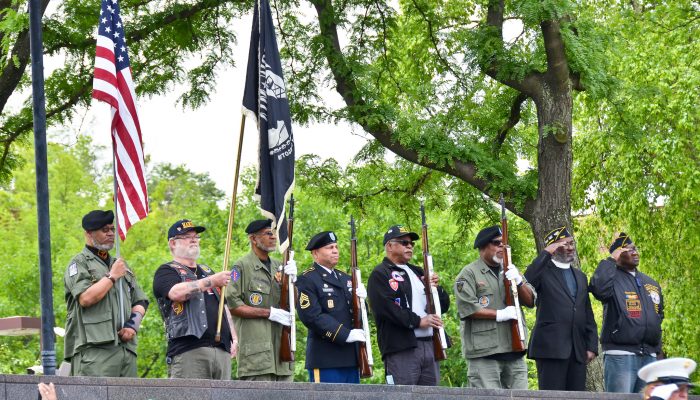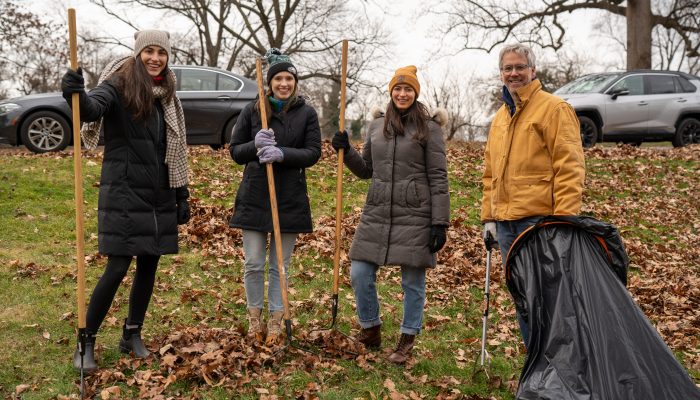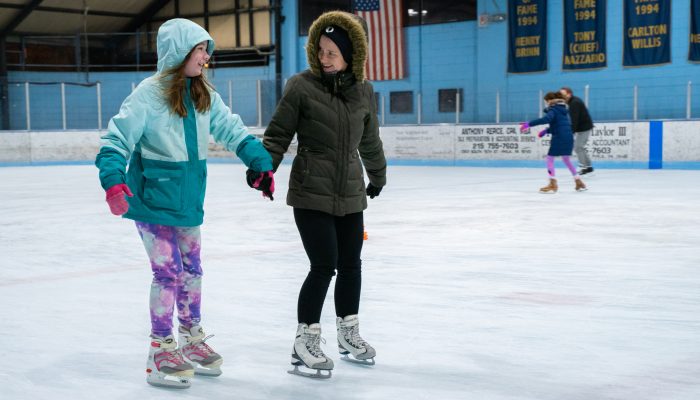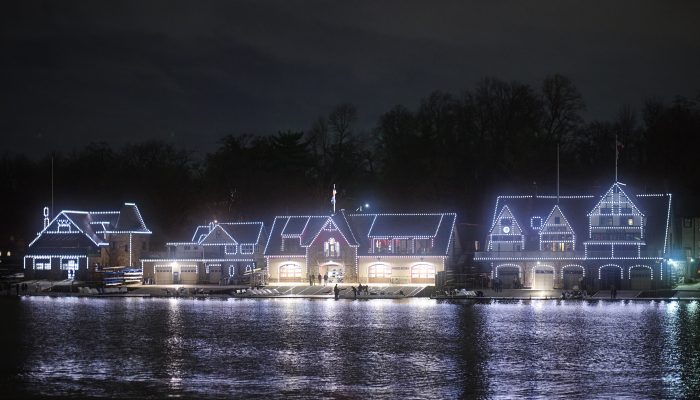Philadelphia recognizes veterans of the United States armed forces in many ways. One is by naming important places in their honor. City parks and recreation centers bear the names of veterans from three centuries. This includes those who served in the 1756 French and Indian War through Vietnam. Some of these heroes were wounded in battle and received awards for their bravery.
After their military service ended, these individuals continued to serve. They helped their communities and the city in a variety of roles. They made contributions as:
- Business and civic leaders.
- Councilmembers.
- Coaches.
- Police officers.
Here are the stories of some of these veterans:
French and Indian War ~ and ~ American Revolutionary War
William Bradford (1722—1791)
Bradford Park
William Bradford was a devoted patriot and supporter of liberty. He helped shape and defend early America through his publications and actions. William was one of four generations of Bradfords to work as printers. His family was among the first from England to settle in Pennsylvania.
Bradford’s military career began in 1747 when he joined the Philadelphia Associators. He became a lieutenant in this military group that fought in the French and Indian wars of 1756-1763.
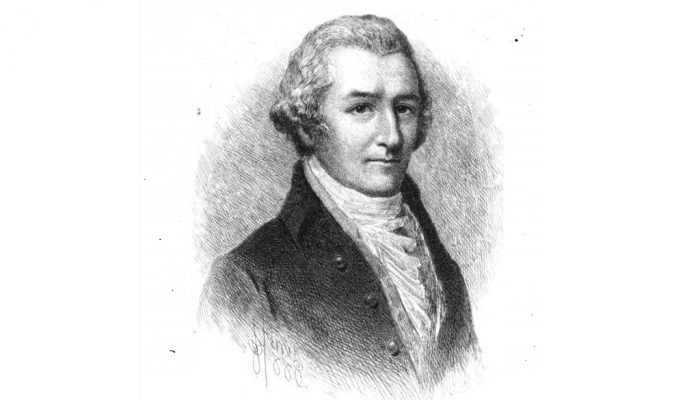
In 1742 Bradford began publishing the Pennsylvania Journal. The paper included foreign and domestic news. Over time, it began to focus on the patriot cause sweeping through the colonies. Bradford wrote pieces that attacked the policies of the British government. In 1774 Bradford was named the official printer of the new Continental Congress. In this role, he printed many important documents including the Declaration of Rights.
When the American Revolutionary War started, Bradford was middle-aged. Despite this, he left his business in his son’s hands and joined the Pennsylvania militia. He started as a major and was later promoted to colonel. Bradford saw action at Trenton, Princeton, and Philadelphia’s Fort Mifflin.
He was wounded in the battle of Princeton. After British forces withdrew from Philadelphia, he retired from the militia. He returned to his printing business.
When he passed away in 1791 one newspaper wrote, “This venerable Patriot took an early and active part in every scene of difficulty and danger which occurred during the American revolution—Fear had no place in his breast…”
The park in Rhawnhurst was named in Bradford’s honor in 1982.
Civil War
Colonel Thomas J. Powers (1845—1900)
Powers Park
Thomas J. Powers was born in Tipperary, Ireland in 1845. At age 6 he immigrated to Philadelphia with his parents. After a few years of school, he began to work at age eight. He was 16 when the Civil War began. Despite this, he enlisted in the 19th Pennsylvania Regiment. Since he was a minor, his father went to court to secure his release.
With his father’s permission, he left the next day and reenlisted with the 115th Regiment. After the battle of Fredericksburg Powers contracted malaria. He was honorably discharged. While he was recovering in Philadelphia, the Confederate army approached the city. Powers once again re-enlisted and served until the war’s end. He participated in many of the important battles of the Civil War.
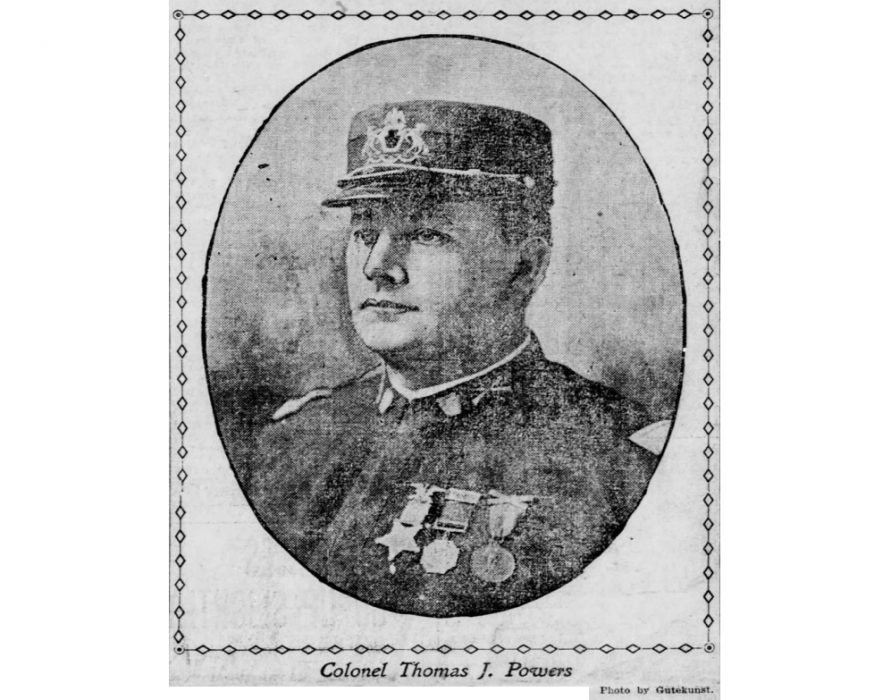
After the war, Powers worked for a carpet manufacturer. He became active in politics in the 25th Ward. He was appointed as a clerk in the City Treasurer’s office. He also served as coroner, highway commissioner, and oil inspector. During the Spanish-American War he enlisted in the army. He served as lieutenant Colonel of the 19th Regiment Infantry.
In 1899 Powers was appointed State Commissioner of Banking. Tragically, in 1900, he was killed after he fell from a train while it was passing over the Delaware River. The park was named in his honor in 1906.
Spanish-American War
William H. (Billy) Markward (1878—1947)
Markward Playground
William “Billy” Markward was a veteran of the Spanish-American War (1898) who went on to become one of the nation’s leading basketball coaches. Markward discovered basketball soon after its 1891 invention. Starting at age 19 in 1897 he played for a series of local teams. An injury ended his playing career. Later, he worked as chief clerk in the Recorder of Deeds office.
In 1900, Markward volunteered to coach the Roman Catholic High School team. Markward, an Episcopalian, continued coaching at Roman, for free, until he retired in 1941. During his tenure, he became one of the nation’s leading basketball coaches. He developed 20 championship teams. He also rejected coaching offers from Penn, Yale, Princeton, and St. Joseph’s. His “Markward system” was very successful. He helped develop 24 college captains, 240 college lettermen, and many great coaches.
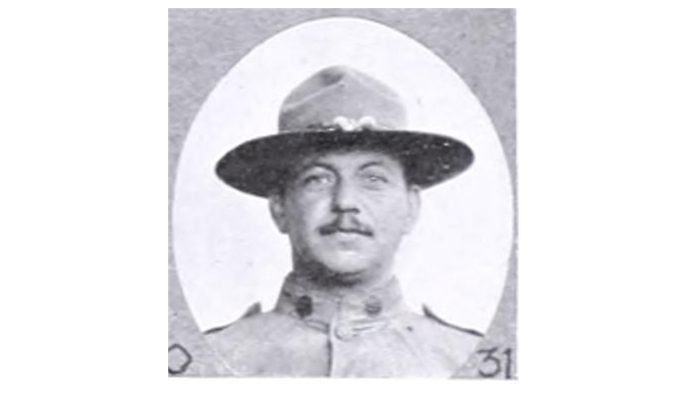
Markward was also a groundbreaking advocate for women and African-Americans in basketball. His 1902 Roman team was Philadelphia’s first racially-integrated high school team. Most of the team’s players were poor Irish immigrants or sons of immigrants. That year, Johnny Lee, the son of former slaves, joined the team. The league in which the team played informed Markward that his team couldn’t compete with Lee, who was Black. Most teams at that time complied with these segregation rules. Markward had his team vote on how to proceed. The team’s unanimous decision: they wouldn’t play without Lee. The league backed down.
In 1925, Philadelphia hosted the women’s national basketball championships. One women’s team, the Scott-Powell Milkmaids, asked Markward to be their coach. The team captured the national title.
After his death, the Markward Memorial Basketball Club was formed in his honor. The organization supports high school and college basketball in the Philadelphia area. They also give an annual award to the area’s top Catholic League scholar/athlete. In 1970, the playground at Schuylkill River Park was named in honor of Markward. Markward grew up nearby in Devil’s Pocket, between Center City and Grays Ferry.
World War I
Charles H. Chew, Jr. (1895—1968)
Chew Playground
Charles Henry Chew was born in 1895 in Allentown, New Jersey, a rural community outside Trenton. He worked as a chauffeur and trained as an undertaker. He was among the first men in the Trenton area to be inducted into the U.S. Army and was quickly promoted to corporal. He was transferred to the medical corps due to his experience with first aid. Chew was wounded while serving in France. He recovered and chose to re-enlist in 1919.
After the war, he settled in Philadelphia. In 1927 he established a funeral home at 21st and Christian. He quickly became a community leader. He was active with the Christian Street YMCA, and Wesley AME Zion Church. He was a founder of the Philadelphia Commissioners, an active social club and men’s organization. He was active in business affairs and was a lifelong member of the NAACP.
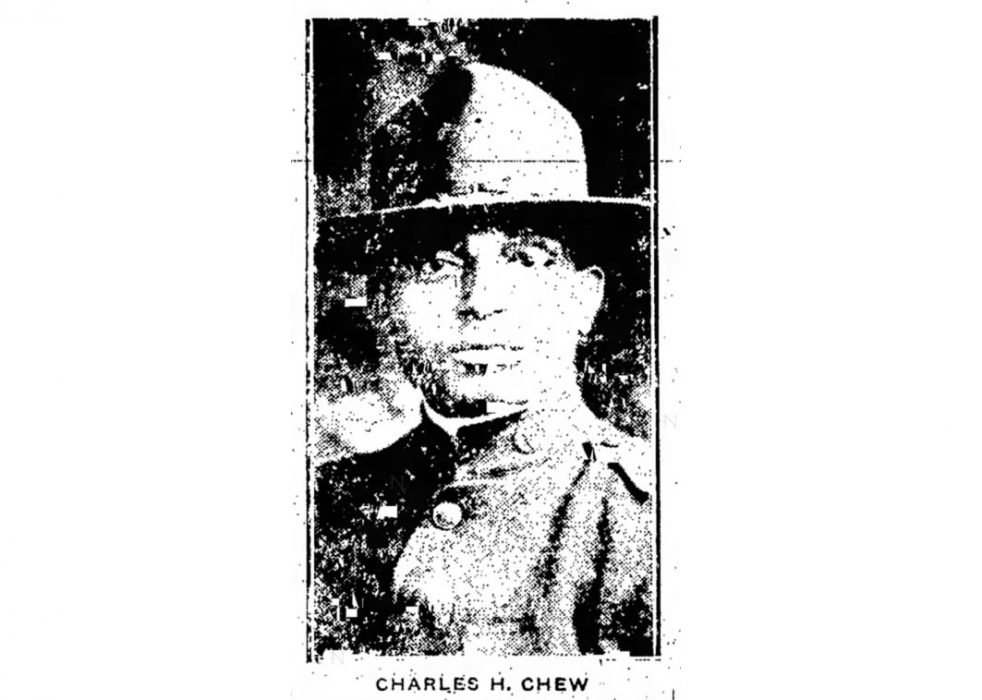
Chew’s oldest son, Charles H. Chew III learned to be an embalmer at age 13 and later became his father’s business partner. Chew’s other two sons also followed him into the business. The funeral home was renamed Charles H. Chew and Sons. It remained at the center of the community until it closed in 2006.
Chew’s wife Virginia Ramsey Chew was one of the founding mothers of Jack and Jill of America, Inc. Created in 1938, the organization provided social, cultural, and educational opportunities for youth. This successful couple shared a home on Lincoln Drive in Mt. Airy.
Chew died in 1968. In 1972, the playground at 18th Street and Washington Avenue was named in his honor.
World War II
Cecil B. Moore (1915—1979)
Cecil B. Moore Recreation Center
Cecil Bassett Moore was a prominent figure in Philadelphia’s mid-1900s civil rights movement. Moore was born in West Virginia in 1915. He served in the U.S. Marine Corps from 1942 to 1951, rising to sergeant. After World War II he was stationed at Philadelphia’s Fort Mifflin. While there he received his law degree from Temple University. He studied “at night and in spare moments from his service duties.” He was admitted to the bar in 1953.
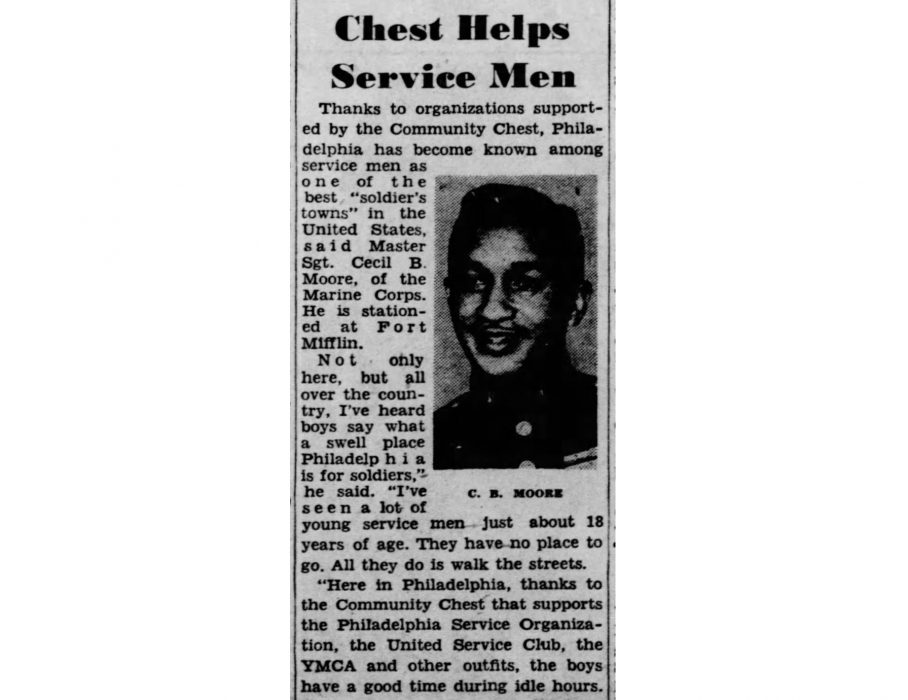
Moore was a leader of the integration movement in the 1960s. Some of his greatest achievements include:
- Encouraging African Americans to protest for the right to join labor unions.
- Desegregating businesses.
- Reinforcing the need for better public education.
- Getting African Americans active in politics.
Moore’s military service inspired his sometimes aggressive and confrontational tactics. After his WWII combat, he said, “I was determined when I got back that what rights I didn’t have I was going to take, using every weapon in the arsenal of democracy.” This was in contrast to other Black leaders’ focus on nonviolence.
He became the president of the local chapter of the National Association for the Advancement of Colored People (NAACP) in 1963.
Starting in 1964, he organized protests against Stephen Girard College. This drew attention to the school’s discriminatory admission policies. The school did not allow African Americans to attend. Moore served as the main attorney on the case. In 1968, the Supreme Court ruled that the school had violated the Fourteenth Amendment. This ended the legal segregation of Girard College.
In 1975, Moore was elected to City Council from the 5th District. He served citizens of the North Philadelphia-area until his death in 1979.
To celebrate his lasting legacy, the former “Connie Mack Recreation Center” was renamed in Moore’s honor in 1980.
Korean War
Lucien E. Blackwell (1931—2003)
Lucien E. Blackwell Park
Lucien E. Blackwell was a decorated Korean War veteran, politician, and dedicated public servant. Blackwell was born in 1931 in Whiset, Pennsylvania. His family moved to West Philadelphia when he was young. His father, a disabled coal miner, and mother ran a grocery. The family earned extra money cooking dinners for students at Drexel University. At age 10, Blackwell started working on an ice truck. Later, he worked at his parent’s store.
He dropped out of West Philadelphia High School in 1947 and began working as a laborer on the city docks. Blackwell also briefly pursued a boxing career. In 1949 he won a novice Diamond Belt Championship.
In 1953 Blackwell was drafted into the U.S. Army to fight in the Korean War. During his service, he received a unit commendation medal and two bronze stars. He was also the welterweight boxing champion of his 25th Infantry Division. Blackwell said the war was a dark time for him, but his strong faith helped him “see the path” back.
After his service, he returned to the docks and entered the world of union politics. He became a foreman and president of the Longshoremen’s union.
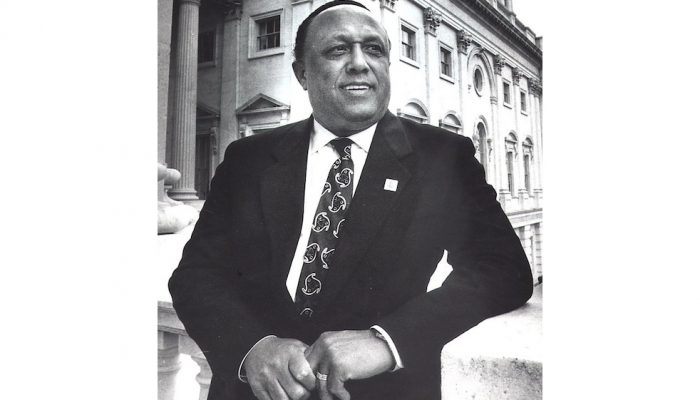
From 1973 to 1975 he served in the Pennsylvania House of Representatives. As a city council member, he represented West and South Philadelphia from 1975 to 1991. His attention to the needs of residents earned him the nickname “Lucien the Solution.” In 1975 he was one of the first African Americans to run for Mayor. From 1991 to 1995 he served as a United States Congressman.
Blackwell was a respected trailblazer who fought for those with the least means. He helped “level the playing field” in housing, employment, and economic development.
While serving on City Council, Blackwell sponsored legislation which helped:
- Divest pension funds from companies doing business in South Africa.
- Create opportunities for minorities and women to compete for city contracts. (The first law of its kind in the city.)
- Create the Pennsylvania Convention Center.
- End the city’s long-standing building height limit.
Blackwell died at the age of 71 in 2003. In 2019 the park at 4600 block of Fairmount Avenue was named in his honor.
Vietnam War
Robert Hayes (1947—1993)
Officer Robert Hayes Memorial Playground
Robert S. Hayes was born on Dec. 8, 1947. He grew up in Frankford. His family later moved to Rhawnhurst in the Northeast. At age 17, he joined the Army and was assigned to Germany. He volunteered to serve in Vietnam instead. He became a machine-gunner on an Army helicopter. During the war he earned silver wings and a Bronze Star for bravery. He also earned a Purple Heart after being wounded in battle. Shrapnel stayed lodged in his legs.
After his service, Hayes worked at the Keebler factory until it closed in 1985. Hayes then joined the police force in 1986. At 38, Hayes was older than then other rookies in his class. But he was happy to have achieved his dream of serving the public as an officer. He worked in the 35th police district, Broad and Champlost streets. His outstanding work earned him three merit awards and many letters from citizens.
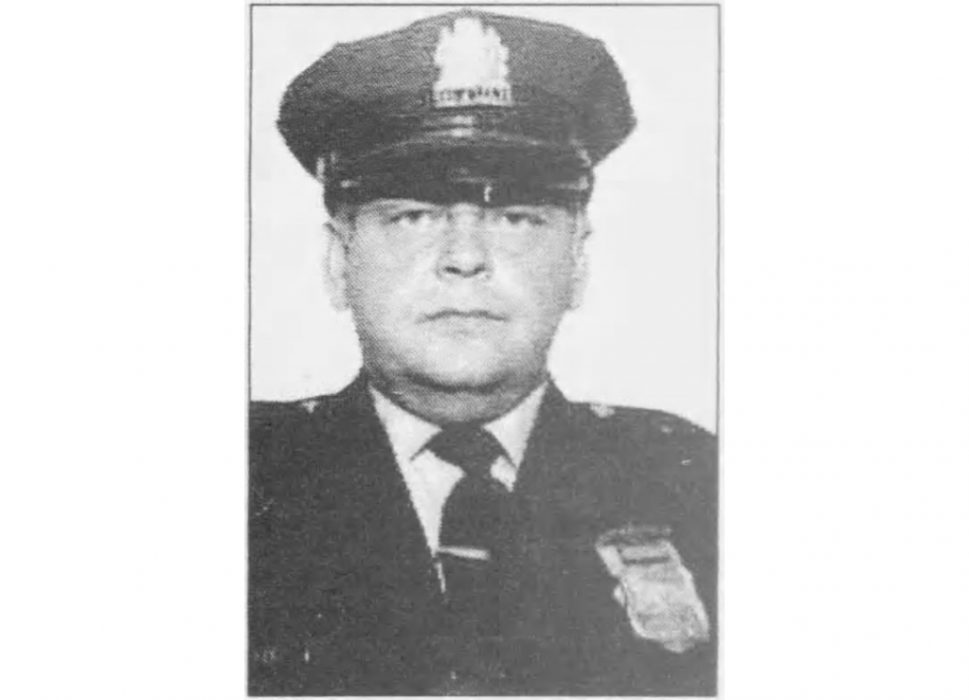
In June of 1993 Hayes was working with partner John Marynowitz in a tactical anti-drug unit. The two pulled over a vehicle with a broken tail light in West Oak Lane. A drug dealer in the vehicle charged the officers. After a struggle, the dealer shot both officers. Hayes died the next day. Marynowitz survived but was permanently disabled by the shooting.
In October of 1993 the playground at Roosevelt Boulevard and Conwell Avenue was named in Robert S. Hayes’ honor. A gymnasium built at the site in 2018 is named in honor of Marynowitz.

